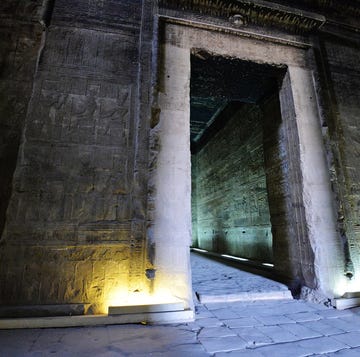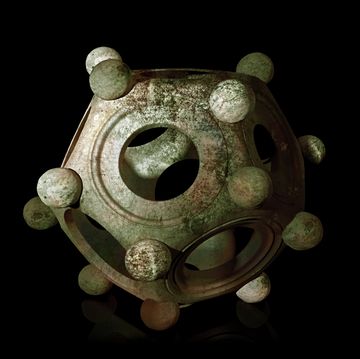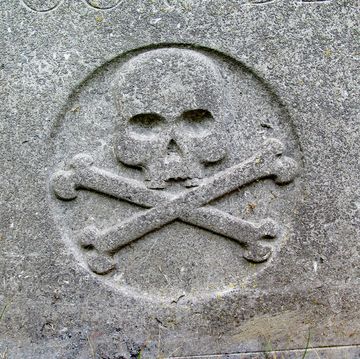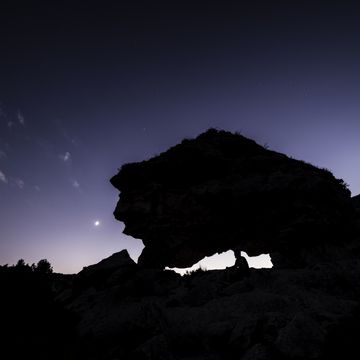- Examples of head-scratchingly impressive building material can be found throughout the ancient world, and Maya lime plaster ranks high among them.
- Scientists from the University of Granada in Spain explored why this plaster was a step above the building materials of its mesoamerican peers.
- The secret ingredient was sap from nearby trees, introduced during the plaster-making process. The sap created insoluble crystalline structures (similar to those found on the shells of mollusks) that were well-suited to surviving the hot and humid climate of central America.
The jungles of western Honduras are a rough climate for any man-made structure to survive. Their intense tropical sun and high humidity could lay waste to even the most modern and high-tech of buildings if left untouched for centuries. But the structures of a past Maya civilization—one that thrived in Honduras’ Copán Valley from the 5th century CE until about the 10th century—somehow survived the ravages of time. For context, Aztec monuments constructed centuries later have long since crumbled.
This architectural outlier led scientists from Spain’s University of Granada investigate what made these ancient structures different from their mesoamerican peers. In analyzing samples from the Copán archeological site and consulting Maya currently living in the area, what they found was that added biological material—specifically sap from nearby chukum and jiote trees—formed an incredibly resilient and insoluble lime plaster. The results of their research were published this week in Science Advances.
“It is important to understand why these ancient Maya lime-based materials are so durable,” the authors write, “not only to disclose the ancient Maya masons’ technological achievements but also to design, using a reverse engineering approach, new lime-based plasters and mortars for their use in architectural heritage conservation and in modern, sustainable construction.”
Using limestone in plaster is a practice that first appeared in the Levant around 10,000 BCE, and it’s a technique that has likely been independently discovered by other civilizations throughout history. The process is simple: Take some limestone, heat it up to 1,000 degrees Fahrenheit, mix the resulting quicklime with some water, and allow the carbon dioxide in the air to work its hardening magic.
While this simple procedure seems relatively ubiquitous across the ancient world, some societies threw in a couple extra steps with immense structural benefits. One of the most astounding examples from history comes from the ancient Romans, who used hot-mixed quicklime to create reactive calcium that could “self-heal” over time.
Similarly, the Maya of the Copán Valley added their own flair. Specifically, they added sap from nearby trees that had the effect of creating a structure similar to nacre, or mother-of-pearl, the bio-material that protects mollusks from the eroding powers of ocean waves.
Scientists threw every kind of high-tech method possible into examining fragments taken from the Copán Valley, including electron microscopy, X-ray diffraction, and polarized light microscopy. They also found references to Mayan lime mortar being made with “some sort of water coming from a tree bark,” from a text written by a bishop living in the 16th century.
After consulting Maya descendants living in the area, the scientists extracted the required sap and set about making their own Maya plaster. After introducing sap during slaking (the part of the process where water is added to quicklime) and allowing the mixture to cool, the scientists analyzed the results and discovered that the crystalline structure was similar to its ancient counterpart.
Like its ancient counterpart, the plaster had enhanced plasticity and weather resistance, similar to both biominerals found in modern cement and oyster shells. This allowed Maya buildings and monuments to withstand the ravages of climate and time, and to survive these centuries to finally arrive in our present—standing silent and ready for scientists to reveal their microscopic secrets.
Darren lives in Portland, has a cat, and writes/edits about sci-fi and how our world works. You can find his previous stuff at Gizmodo and Paste if you look hard enough.













